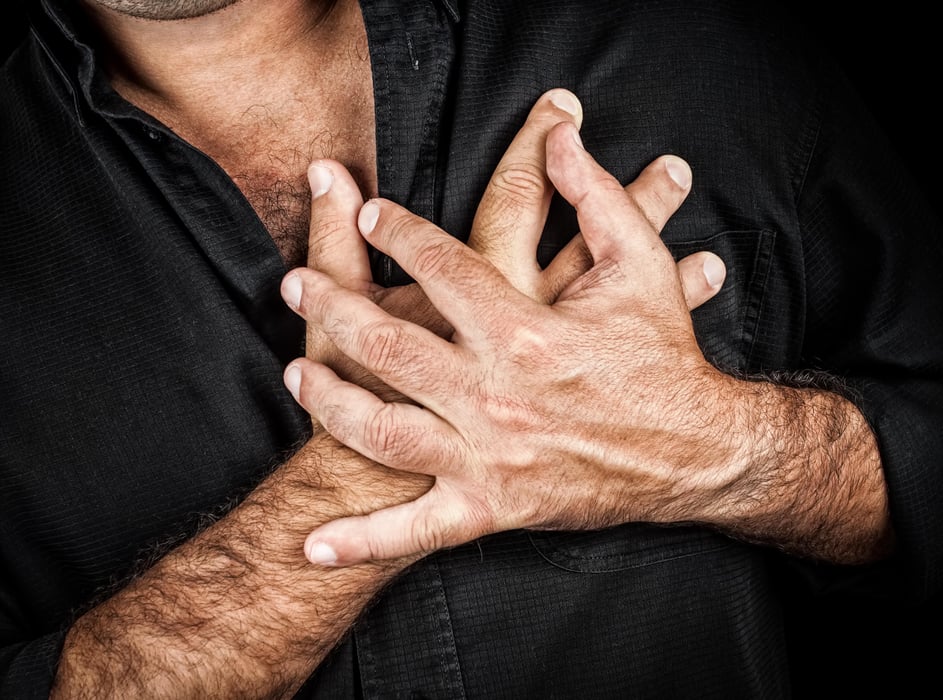What Is Gonococcal Arthritis?

TUESDAY, April 25, 2023 (HealthDay News) -- Heard of gonorrhea? Most likely. What about gonococcal arthritis? Maybe not.
Most folks are familiar with what is gonorrhea, but few may know about gonococcal arthritis, a rare side effect of this sexually transmitted disease (STD).
Unfortunately, gonorrhea cases are on the rise, according to the U.S. Centers for Disease Control and Prevention, especially among individuals between 15 and 24. While gonorrhea can trigger several health issues, one lesser known complication is related to the joints.
Here’s everything you need to know about gonococcal arthritis, including its symptoms, causes and treatments.
What you should know about gonorrhea and gonococcal arthritis
Gonorrhea can cause infections in the genital area, rectum and throat, but one of the less common outcomes of the disease includes gonococcal arthritis. The condition causes joint inflammation and swelling, in addition to tissue inflammation. It falls under the definition of septic arthritis, where joint symptoms are triggered by an infection, according to the Arthritis Foundation.
According to the Mayo Clinic, when gonorrhea is not treated, it can lead to various health issues in women, including:
- Development of scar tissue that obstructs fallopian tubes
- Ectopic pregnancy (pregnancy outside the uterus)
- Infertility
- Chronic pelvic or abdominal pain that persists for an extended period of time.
For men, untreated gonorrhea can lead to a painful condition in the tubes connected to their testicles, which in rare instances may result in infertility.
But perhaps even more alarming is the fact that gonorrhea can spread to the bloodstream or joints, a potentially life-threatening condition.
Gonococcal arthritis causes and risk factors
Gonococcal arthritis is a painful condition that occurs from the transmission of Neisseria gonorrhoeae. In a small percentage of cases (0.5 to 3%), the bacteria can spread beyond the initial site of infection through the bloodstream, leading to infections in other areas of the body, with a preference for the joints. According to Kingsport, Tenn. rheumatologist Dr. Chris Morris, the bacteria thrive in joints.
Some people are at higher risk of developing gonococcal arthritis than others. For example, people with HIV and those taking arthritis medications that suppress the immune system are more susceptible to the spread of bacteria in their bodies, Morris said in a recent article.
Women are also at a higher risk of developing gonococcal arthritis than men.
“For men, the only place [bacteria] can go is in the testes,” Dr. Jeanne Marrazzo, director of the infectious diseases division of University of Alabama at Birmingham's School of Medicine, said in the same article. “But women have an entire upper reproductive tract to start establishing an infection up there.”
Gonococcal arthritis symptoms
In many cases, a gonococcal infection may not cause any symptoms, which is one of the reasons why the illness can spread so rapidly. But when gonorrhea causes gonococcal arthritis, the symptoms are often more apparent.
According to the U.S. National Library of Medicine, symptoms of joint infection may include:
- Fever
- Joint pain for one to four days
- Pain in the hands or wrists due to tendon inflammation
- Pain or burning during urination
- Singular joint pain
- Skin rash with slightly raised sores, pink to red in color (they may later appear purplish in color and contain pus)
Gonococcal arthritis treatments
Treating gonococcal arthritis typically requires a combination of antibiotics, pain management and temporary abstinence. But the approach to treatment starts with a focus on treating the root cause, gonorrhea. The CDC says that the most common medication prescribed to those with gonorrhea is ceftriaxone, a cephalosporin antibiotic used to treat bacterial infections by either killing or inhibiting their growth.
Some doctors may also prescribe alternate antibiotics, such as azithromycin or doxycycline. In patients presenting with complications such as gonococcal arthritis, treatment may require a seven to 14-day round of antibiotics. Further, as gonorrhea is an STD that people can acquire through sexual activities, doctors will often suggest that patients contact any sexual partners they have had in the last two months so that they, too, can be tested for gonorrhea.
Yet, when it comes to gonorrhea that has manifested into gonococcal arthritis, pain management is often also recommended. Nonsteroidal anti-inflammatory drugs (NSAIDs) such as ibuprofen can reduce pain and inflammation. In severe cases, corticosteroids may be prescribed to reduce swelling and pain.
Preventing infection with gonorrhea is key to avoiding gonococcal arthritis.
While it might seem obvious, it stands repeating that the only way to avoid gonococcal arthritis is to take steps to avoid getting gonorrhea. Planned Parenthood states that the best way to avoid gonorrhea is to not have sex at all or to use a condom.
Related Posts
Pandemic Saw Rise in Kids Swallowing Magnets, Tiny Batteries
WEDNESDAY, Oct. 13, 2021 (HealthDay News) -- More kids swallowed small magnets...
Coinfection With Flu, SARS-CoV-2 Described in Children
TUESDAY, Dec. 20, 2022 (HealthDay News) -- In a report published in the Dec. 16...
Los cálculos biliares pueden advertir del riesgo de cáncer de páncreas
VIERNES, 13 de mayo de 2022 (HealthDay News) -- Un diagnóstico de cáncer de...
Su corazón quizá tenga una hora ideal para irse a dormir
MARTES, 9 de noviembre de 2021 (HealthDay News) -- ¿Hay una hora ideal para irse...
